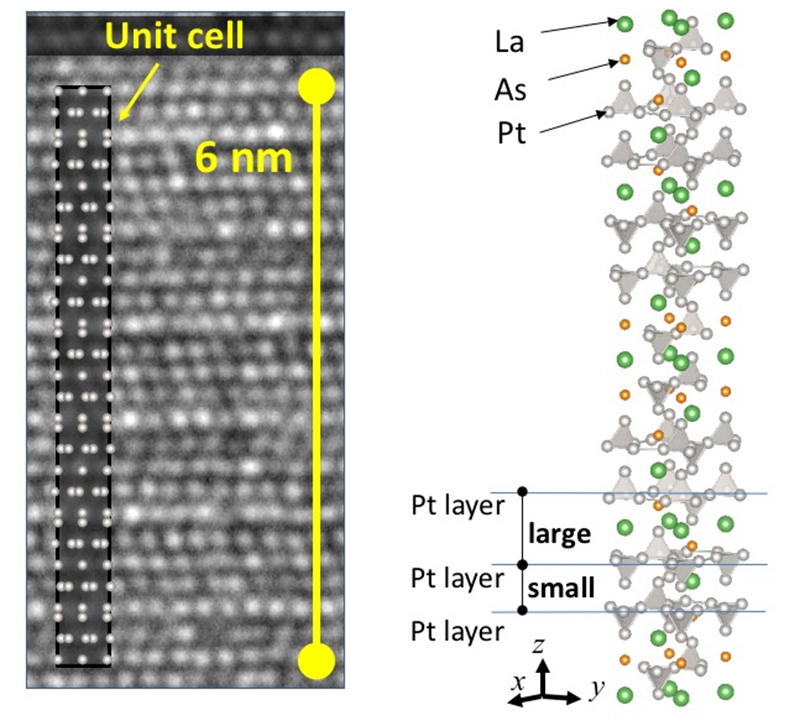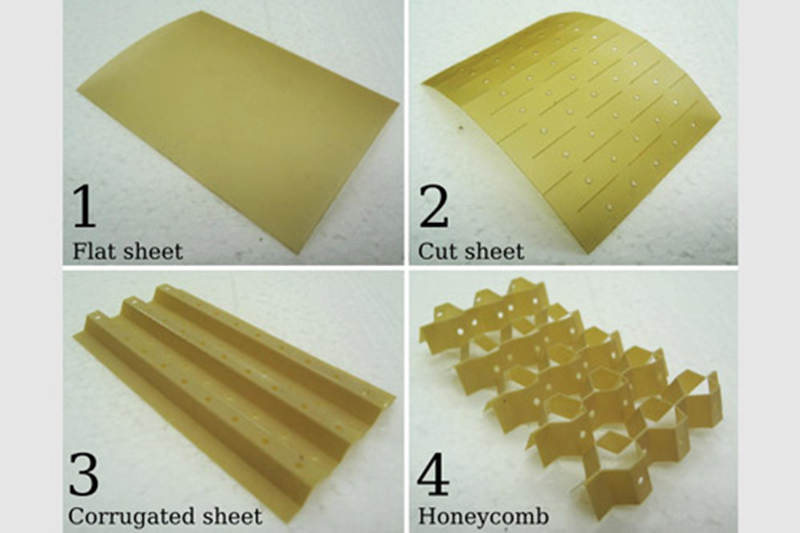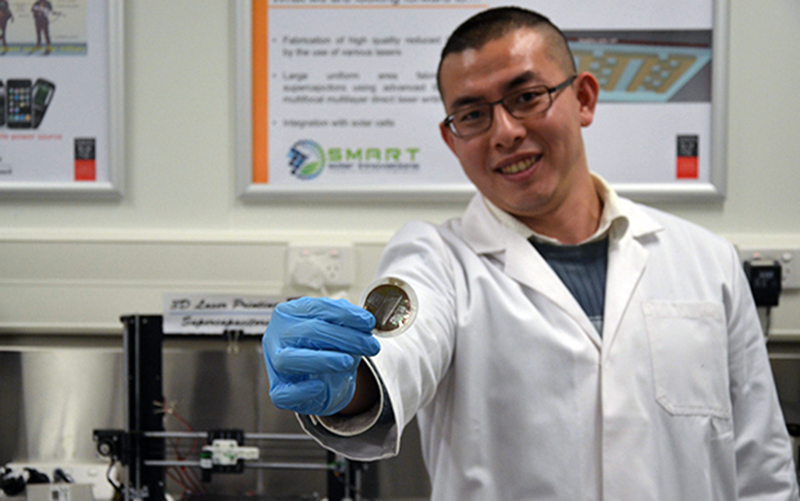In case you missed it (ICYMI), here are some of the stories that made headlines in the world of cleanrooms and nanotechnology in the past week.

Electron microscopic image (left) and schematic image (right) of LaPt5As crystal.
Superconductors — materials that, when cooled below a certain temperature, conduct free-flowing electricity without it being impeded by resistance — are used in MRI machines, magnetic levitation trains, and particle accelerators such as the Large Hadron Collider. Scientists are always looking for materials that can become superconducting at higher-than-currently-possible temperatures, not to mention cost less. Now, researchers at Hokkaido University (among other institutions) have synthesized a platinum-based superconducting material with a unique structure. This finding is significant because, until now, platinum was thought to be unsuitable as a superconducting material.

An open honeycomb at each stage during the manufacturing process.
Engineers at the University of Bristol have created an innovative shape-changing metamaterial using Kirigami, the ancient Japanese art of cutting and folding paper to obtain 3D shapes. The type of mechanical metamaterials that use the Kirigami technique changes shape seamlessly, shows large variations in mechanical performance with small geometry changes, and can be adapted to modify its configuration by using mainstream actuation mechanisms. The Kirigami metamaterial can also be produced using off-the-shelf thermoplastic or thermoset composite materials, and different sensing and electronics systems can be embedded to obtain a fully integrated smart shape-changing structure. This metamaterial could one day be used to build robotics, morphing structures for airframe and space applications, and microwave and smart antennas.

Dr. Han Lin presents the new supercapacitor at Fresh Science Victoria 2016.
Finally, scientists at Swinburne University of Technology have developed a supercapacitor battery that charges super-fast. Made from “wonder material” graphene, this new supercapacitor can be charged in just seconds, re-used millions of times, and is eco-friendly. It is also safer than ordinary batteries when mishandled, and unlike some other types of batteries it won’t explode under any circumstances. The researchers say that says large-scale production of the graphene, once unachievable, is what it takes to manufacture these high-performance supercapacitors. The graphene is produced on a large scale by using inexpensive solution-based film synthesis techniques and a laser 3D printer. The strong, flexible batteries could possibly be incorporated into clothing and wearable accessories.




